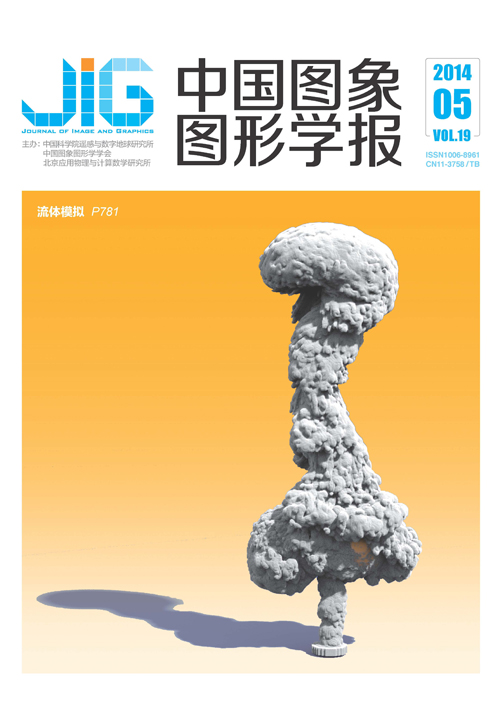
采用分裂Bregman的遥感影像亮度不均变分校正
王晓静1, 李慧芳1, 袁强强2, 沈焕锋1, 张良培3(1.武汉大学资源与环境科学学院, 武汉 430079;2.武汉大学测绘学院, 武汉 430079;3.武汉大学测绘遥感信息工程国家重点实验室, 武汉 430079) 摘 要
目的 遥感影像成像过程由于受到传感器自身以及其他一些外部环境因素的影响,往往会呈现出整体的亮度不均,导致遥感影像解译和制图精度的降低。因此,需要对遥感影像进行亮度不均匀校正,提高影像的质量。方法 感知驱动的亮度不均变分校正方法,是一种新型的单幅遥感影像亮度不均校正方法,它受人眼视觉系统特性的启发,能够在有效校正影像整体亮度的同时增强局部对比度。本文用分裂Bregman迭代实现了对感知驱动亮度不均变分校正模型的最优化求解,在实现对影像整体亮度不均校正的同时,大幅提高了计算效率。结果 模拟实验和真实实验结果均表明,采用分裂Bregman的亮度不均变分校正模型需要较少的计算时间,从效率上比采用最速下降法的校正模型提高了约67倍。结论 分裂Bregman方法能够有效求解感知驱动亮度不均变分模型,在保证校正结果整体亮度均匀,局部对比度增强的前提下,大大提高运算效率。
关键词
Uneven intensity correction using split Bregman for remote sensing images
Wang Xiaojing1, Li Huifang1, Yuan Qiangqiang2, Shen Huanfeng1, Zhang Liangpei3(1.School of Resource and Environmental Sciences, Wuhan University, Wuhan 430079, China;2.School of Geodesy and Geomatics, Wuhan University, Wuhan 430079, China;3.State Key Laboratory of Information Engineering in Surveying, Mapping and Remote Sensing, Wuhan University, Wuhan 430079, China) Abstract
Objective The acquisition process of remote sensing images is influenced by many factors, such as the internal turbulences of the sensor and the external environmental variations, which causes degradations in the observed image. The uneven intensity distribution is a typical degradation caused by internal and external factors, directly related to the decrease of the accuracy of the interpretation and applications of remote sensing images. Therefore, the correction of uneven intensity is necessary for improving the quality of remote sensing images. Method The perceptually inspired variational method(PIVM) for the uneven intensity correction is a novel method to correct the uneven intensity of a single remote sensing image. PIVM can effectively correct the overall brightness of the image while enhancing the local contrast, which is inspired by the human visual system properties. In this paper, the split Bregman algorithm is used to optimize this variational model. The model is composed of two kinds of priors: the total variation (TV) and the L2. The combination model can be split into two sub problems, which can increase the computational efficiency while ensuring the even intensity. Result Experiments on synthetic and real remote sensing images are taken to validate the split Bregman based PIVM. Results show that the uneven intensity can be effectively corrected by the proposed split Bregman method, and meanwhile the global color and local contrast are satisfied. Moreover, the running time of the split Bregman algorithm is one seventh to one sixth of that of the traditional steepest decent method. Conclusion The split Bregman based PIVM is an efficient and effective method for correcting uneven intensity in remote sensing images. It provides the opportunity to extend the PIVM to the application on large scenes.
Keywords
|



 中国图象图形学报 │ 京ICP备05080539号-4 │ 本系统由
中国图象图形学报 │ 京ICP备05080539号-4 │ 本系统由